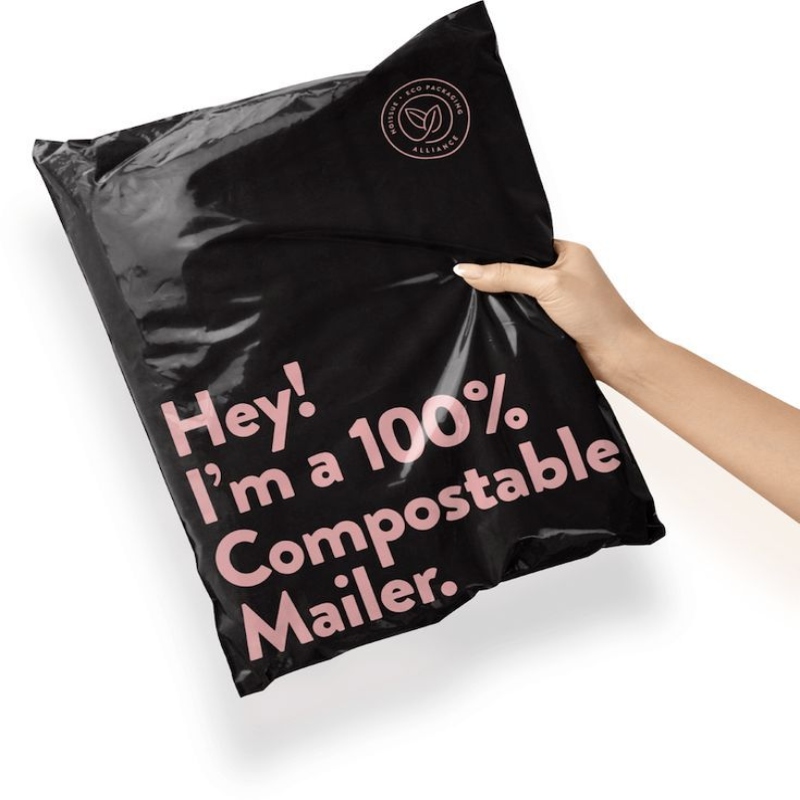Why Are Compostable Bags So Expensive?
Compostable bags have gained considerable attention in recent years due to their positive impact on the environment. These bags, made from compostable materials, offer a sustainable alternative to traditional plastic packaging. However, their relatively high cost has raised questions about affordability. In this article, we will explore the wide applications of compostable materials, the reasons behind their expensive nature, and the hope for more affordable sustainable alternatives in the future.
Wide Application of Compostable Materials
Compostable materials find application in various sectors, including logistics, e-commerce, agriculture, and food industries. Compostable packaging solutions such as compostable kitchen cling film, compostable shrink wrapping film, compostable food storage bags, compostable food vacuum sealer bags, compostable sealing tape, and compostable zipper stand-up pouches have emerged as eco-friendly alternatives.
Disadvantage of High Cost
One of the major drawbacks of compostable bags is their relatively high cost compared to conventional plastic bags. This expense can pose challenges for businesses and individuals looking to adopt more sustainable packaging options. The reasons behind the high cost of compostable bags are multifaceted.
Reasons for the Expensive Nature
Several factors contribute to the higher cost of compostable bags:
1) Raw Material Costs: Compostable bags are produced from plant-based materials, which are often more expensive than petroleum-based plastics. The production and processing of these materials require specialized equipment and technology, further adding to the overall cost.
2) Limited Scale of Production: Compared to the widespread use of traditional plastic packaging, the production scale of compostable bags is relatively smaller. This limited scale leads to higher manufacturing costs, including research and development expenses, which are distributed over a smaller quantity of products.
3) Infrastructure and Certification: Compostable bags require specific composting facilities for proper disposal and composting. The infrastructure necessary to accommodate compostable packaging is currently less developed and requires investments to expand. Moreover, obtaining necessary certifications and adhering to stringent quality standards also contribute to the overall cost.
4) Supply Chain Considerations: The sourcing and transportation of compostable materials, as well as the production and distribution of compostable bags, may involve additional costs compared to traditional plastic packaging due to the availability and proximity of resources and specialized manufacturers.
Hope for Affordable Sustainable Alternatives
While compostable bags are currently relatively expensive, the industry is constantly evolving. There is a growing demand for sustainable packaging alternatives, which has led to increased research and development in this field. As technology advances and production scales up, it is expected that the cost of compostable bags will gradually decrease, making them more accessible to businesses and consumers alike.
Furthermore, ongoing innovations may lead to the discovery of new sustainable materials that offer similar benefits to compostable bags but at a lower cost. The pursuit of cost-effective and sustainable packaging solutions remains a priority, and with continued efforts, we can anticipate a future where sustainable materials are both environmentally friendly and economically viable.
Author's Remarks:
Hello, this is Patricia, the author of this article.
I have been in e-commerce and retail packaging industry for around 10 years. So I would like to share
what I know to you from a supplier's perspective.
Should you any questions or need this article in PDF file, pls donot hesitate to email us at hello@zkkpackaging.com.
 ZKK China Company Limited
ZKK China Company Limited


